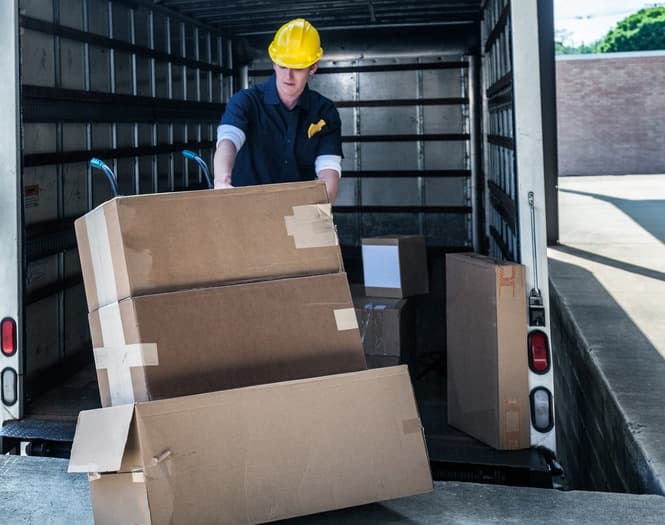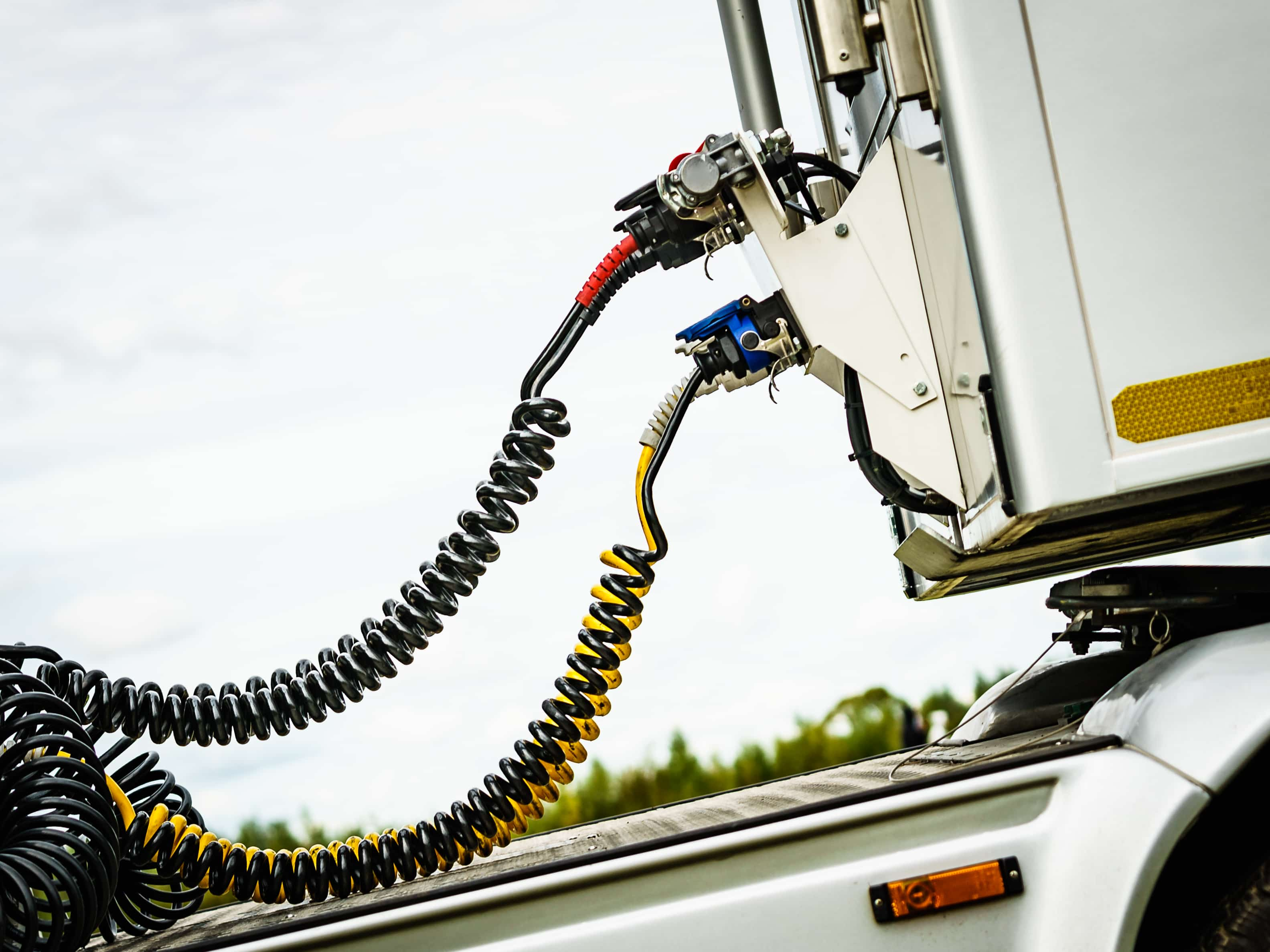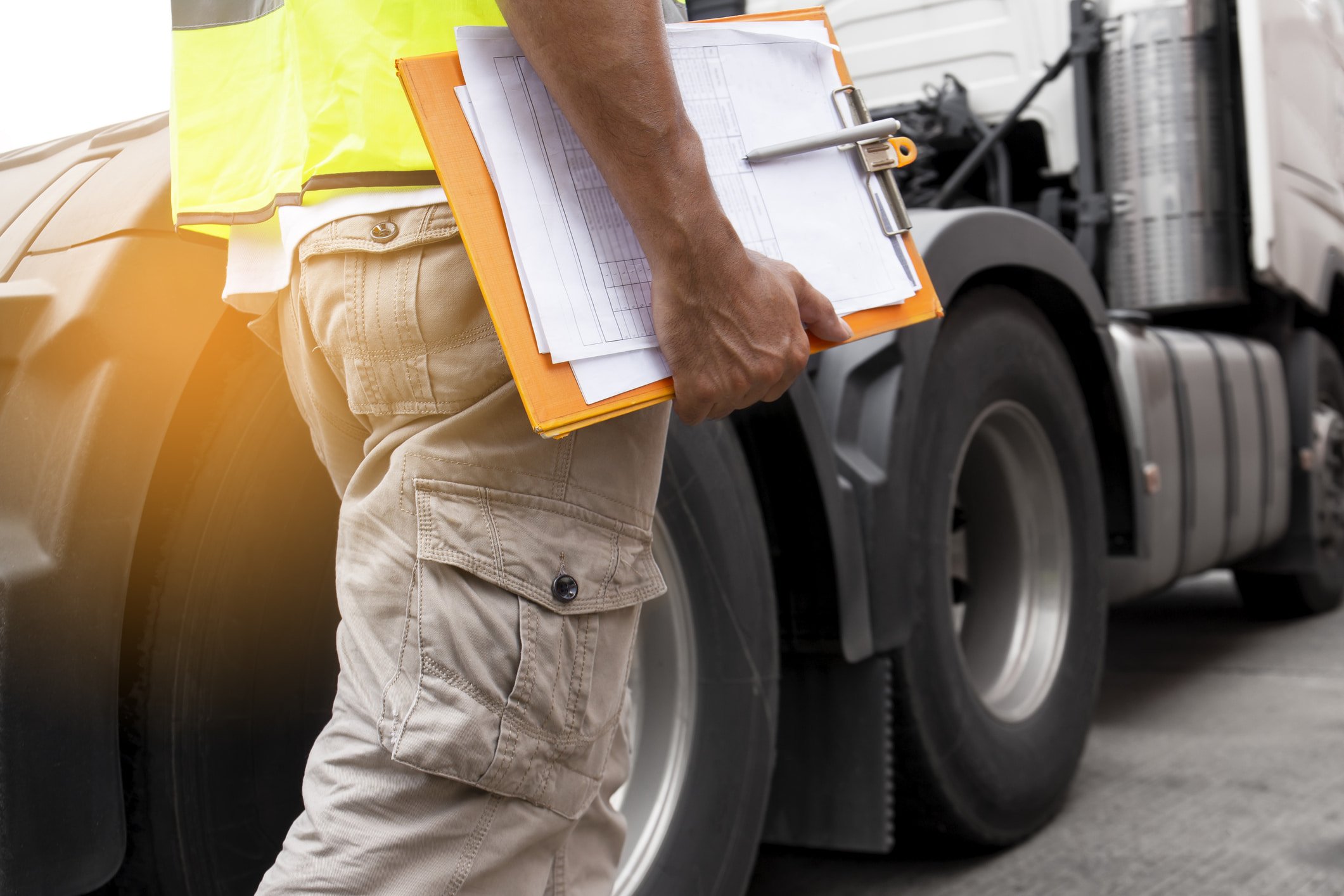Margin of Safety

In financial markets, Margin of Safety is a principle in which an investor purchases securities when the market price is significantly below the estimated intrinsic value. The difference between the market price and the estimated intrinsic value is the margin of safety. To ensure a proper margin of safety is maintained, market activity must be monitored closely.
Although margin of safety is a common, financial investment term coined by Benjamin Graham and his devotees, notably Warren Buffet; the principle can also be applied to personal and public safety. For example, in the engineering profession, margin of safety may be described as the strength of materials minus the anticipated stress. The Interstate-35 bridge collapse in Minneapolis and the I-64 bridge closure in Louisville, Kentucky exemplify the need for incorporating a margin of safety with continuous monitoring of equipment, materials, and human factors.
In machine guarding, the manufacturer of a cutting instrument may specify a margin of safety that must be observed by operators of the equipment. This margin is the minimum distance the operator’s hands should ever come to the cutting tool at its point of operation. Pull-backs or similar barriers can be installed and monitored to ensure the margin of safety is maintained.
The proper margin of safety can, and should be, incorporated into every task and operation performed in the trucking industry. Let’s examine the margin of safety in two situations common to all motor carrier operations:
First, speed is always a factor in vehicle collisions. During a non-collision stop, most of the vehicle’s energy is absorbed by the braking system. However, in a crash, the energy is dissipated by the crushing parts of the vehicle. The vehicle’s occupants are subjected to a tremendous force during a crash. We can illustrate this force by applying the formula used to calculate kinetic energy (the energy of an object due to its motion). “Kinetic energy = ½ m * v^2 (squared) (m = Mass, v = Velocity).” It is important to understand, the equation has a velocity squared term. To many people, it may appear that a crash at 30 miles per hour (mph) would cause fifty percent more damage that a crash at 20 mph (30/20 = 1.5). In reality, the laws of physics state that a 30 mph crash generates more than twice the energy of a 20 mph crash (30x30=900 and 20x20=400 or 900/400=2.25). Thus, simply reducing the vehicle’s speed can increase the margin of safety for the driver and other motorists, substantially. As an added benefit, fuel savings from operating at lower speeds result in greater profits. Today’s technology affords management an excellent system to monitor and control vehicle speeds and fuel consumption.
Secondly, a driver can increase his or her margin of safety by using the proper 3-point contact method when entering and exiting the vehicle. An individual weighing 200 pounds, jumping from the floor of a conventional tractor (approximately 49 inches) generates approximately 1488 pounds of force at impact with the ground. Using the 3-point contact method when exiting the vehicle, the 200-pound driver would generate about 240 pounds of force when his or her foot touches the ground. A 1248 (1488-240 = 1248) pound margin of safety has been applied by simply exiting the vehicle, properly and safely. Over time, jumping from elevations can cause joint stiffness, pain, and can impair a person’s ability to perform everyday tasks. Drivers should be trained and reminded regularly on how to enter and exit equipment, properly. Management should monitor the use of the 3-point contact method, constantly.
Financial, maintenance, operations, and safety management personnel must understand the principle of applying a margin of safety to every operation and task performed in the company. Ways to increase the margin of safety in all aspects of the organization must be explored in today’s economic climate to ensure success.
ADDITIONAL TIPS ON MAINTAINING A MARGIN OF SAFETY:
- Using the MSDS, determine the distance, margin of safety, required between you and the chemical you may be exposed.
- Keep one yard between your outstretched fingertips, margin of safety, and moving equipment e.g., chain drives, conveyors, etc.
- Wear safety glasses or goggles when you are within two yards, margin of safety, of any process that could result in flying objects.
To learn more about risk management and the margin of safety, please contact your Great West Casualty Company. If you need to request a truck insurance quote, click here or need to find an agent, click here.
© Copyright Great West Casualty Company 2016. The material in this publication is the property of Great West Casualty Company unless otherwise noted, and may not be reproduced without its written consent by any person other than a current insured of Great West Casualty Company for business purposes. Insured should attribute use as follows: “Used with permission by Great West Casualty Company.




